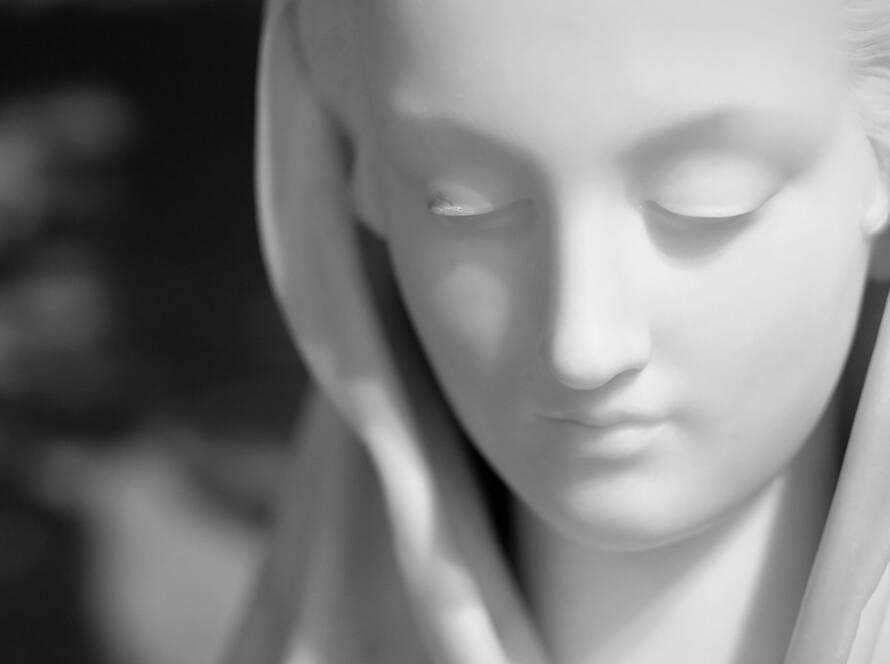Karma yoga is the path of unselfish action. The philosophy of Karma Yoga originates in the sacred text The Bhagavad Gita, which serves as an essential ground for its authenticity. Karma Yoga, like all other forms of yoga, has as its main purpose to facilitate and accelerate the spiritual evolution of its practitioner.
If the most precise and current definition of Karma Yoga says that it is “a yoga of deep and thorough fusion with the Divine, through any unselfish action”, it very much emphasizes the availability of this path in daily life. While Bhakti Yoga and Jnana Yoga are considered to require a much greater degree of spiritual advancement and openness, Karma Yoga can be applied to any action, at any time, no matter our degree of development. The results can bring us to unimaginable heights of spiritual fusion with the Ultimate Reality.
The practice of Karma Yoga does not exclude the practice of other forms of yoga but it amplifies their efficiency. You can practice your Hatha Yoga session as a couch potato on the mat, hardly moving with a lame attitude, or you can practice it fully with a Karma Yoga attitude. You can stand like a God or Goddess, with full transfiguration and identification with the Higher Reality, like there is no tomorrow. In this way, you have constant spiritual ardor and zest for life. Another great example of the Karma Yoga attitude is found with artists. When they create exquisite works of art, they feel like they are possessed and at the same time merged with their art. After such creations, both the artists and the perceivers are transformed.
We usually connect action with very loud, noisy, and grandiose manifestations, which is not far from the truth for the busy Western mind. We connect silence and meditation with avoidance of action for the Eastern mind of peacemakers. The truth is found somewhere in between. When it comes to the true Karma Yoga state, even the most intense action emerges from an ocean of blissful silence. Just like Tripura Bhairavi’s (the great macrocosmic power of ardent action) lava, boiling from the depth of a silent volcano, whose magma is in constant bubbling motion. This seemingly paradoxical state, which helps us to grasp the nature of Karma Yoga was described by Swami Vivekananda in the following way:
“The ideal human being is the one who amidst the deepest silence and the biggest solitude finds the most intense activity, and the one who amidst the most intense activity finds the silence and solitude of the desert.”
Sri Krishna
There is no moment in our lives when we do not act, but we remain free to choose and to bear full responsibility for our actions. In the wise teachings of Sri Krishna in The Bhagavad Gita ideas briefly presented lead us to a better understanding of the attitude in Karma Yoga:
- One can not be without action, even for a second.
- One should not make inaction one’s goal.
- Certain actions are obligatory, therefore we cannot escape them.
- One should not desire the fruits (or the consequences) of one’s actions.
- One should not be attached to the action itself.
- One should not consider oneself as being the author of the action.
- Any action, regardless of its nature, will not enchain its performer, if it is done in this way.
- Karma Yoga is the divine skill (wisdom and non-attachment) in actions.
Action is inevitable, even in an immobile and inactive person. Natural functions of the body, such as respiration, circulation, etc. will not cease. No matter what, even total ‘inaction’ will not stop us from ‘acting’, since we will still operate subtly through our aura and thus manifest an influence over our surroundings through our attitude and intention. These influences, through resonance and induction, can, for example, make us very happy or very worried, and contagiously influence the people around us. Sri Krishna in The Bhagavad Gita emphasizes many times that action is superior to inaction.
What is a Karma Yoga Attitude?
A Karma Yoga attitude allows God to act through the individual. When Karma Yoga clicks there is a very specific state. You do not feel tired, you feel integrated, and your being is corrected. In different types of yoga, there are different keys to touch God. In Bhakti Yoga, there is love – You, love, and God. In Hatha Yoga, there is a polarity of the energies Ha (+) & Tha (-), whose balance makes us touch God. In Karma Yoga, there is action. – you, action, and God.
The first step in cultivating a Karma Yoga attitude is to act with an attitude of service – “I do not know why I am acting, but I am.” – Seva.
The second step is to become the action. If we take an analogy with an orchestra, we can say that even if we play a small part, such as a violin in a big orchestra – at this step, we become the same melody that is produced by the entire orchestra. God, acting through us, as through everybody else, makes the symphony magnificent. In the end, we feel ultimate fulfillment because we live a life of ultimate meaning. One fabric, acting together. So in step one, we play the violin. We do not know why we play the violin and not the piano, but we play it excellently. In the second step, we become the sound of the violin, the whole orchestra, and the symphony itself.
In the first step, you detach from the result. It is not “Look what I did, everyone praise me. I did good, I did bad.” It doesn’t matter. First, remove the result. Me – acting. That is enough.
Then, you become the action. You enter it so fully, like when people create magnificent works of art. Like Rumi, writing his inspired poetry. What happened there? He was possessed by God. He was the action of writing, so much so, that he was God too. They all merged. When we do that within our action – becoming the action of what we are doing, and therefore becoming God, that is true Karma Yoga.
Entering the Karma Yoga State
The Karma Yoga attitude is filled with efficiency and a detached integration. The best way to cultivate it is by consecrating all of the fruits of our actions to God or a Higher Spiritual Ideal. Give it all to this Higher Ideal without any attachment or selfish desire to enjoy its fruits. We let the Universe play its play through us, not as muppets, but as fully conscious, present participants, full of ardor and zest, but completely detached. We are the same in praise and success, the same in defeat and failure.
When we enter Karma Yoga, the particular feeling of “doing” stays away. It doesn’t feel like “I am doing.” This is a very supramental state. You enter the action, but there is a very clear feeling, that “I am not the doer”. That feeling is not at all scary, it is safe and holy. It is a feeling of holiness manifesting. It is not “I am not doing and I am cut off from the action by not doing”. It is like “I am suspended in Divinity, and Divinity manifests through me”.
It is an interesting feeling of symbiosis. Something Divine that you know from your prayers or your meditation is symbiotically entering your being. Then you observe yourself act, with ecstasy, with delight, with amazement, and with this utter freedom. It is an ecstatic feeling, and yet it is safe. It is sacred and peaceful.
It is a very particular state when Karma Yoga clicks, even in its early levels. Then, indeed, you don’t get tired. You are more energized, you are integrated. Your being is corrected, even physically. Your health can be corrected through this state.
When doing the action, whether it is speaking, teaching, or writing, you will feel grace pouring through you, and you are just witnessing it. No “Blandine” is teaching, or “Uriel” is speaking, or “Zita” is writing. When you remove the sense of personal involvement then you will feel one fabric that is acting continuously. Beingness is doing all of it.
It feels like something is being done, with a tremendous force of Nature, by Life itself, by God.
Transcribed and edited by Zita Jerković from:


